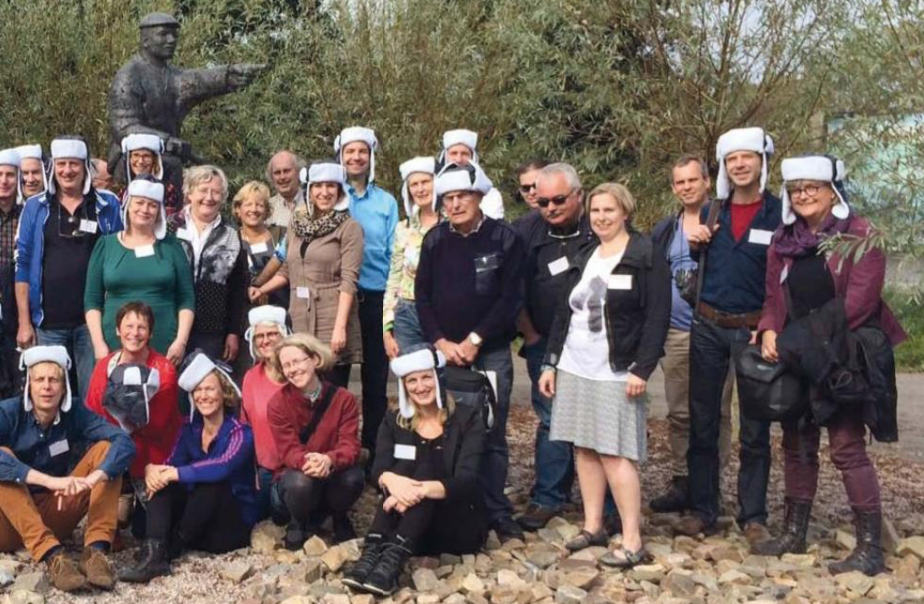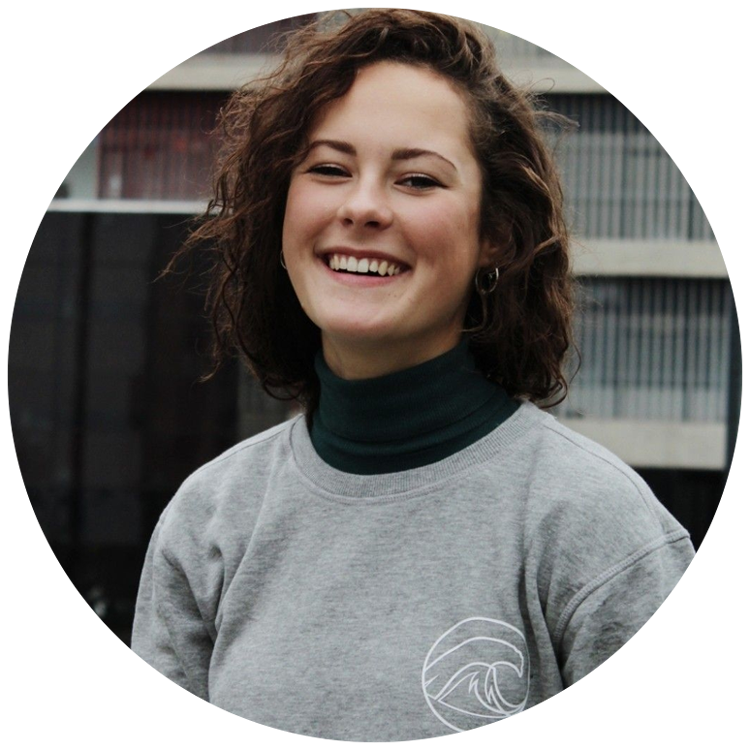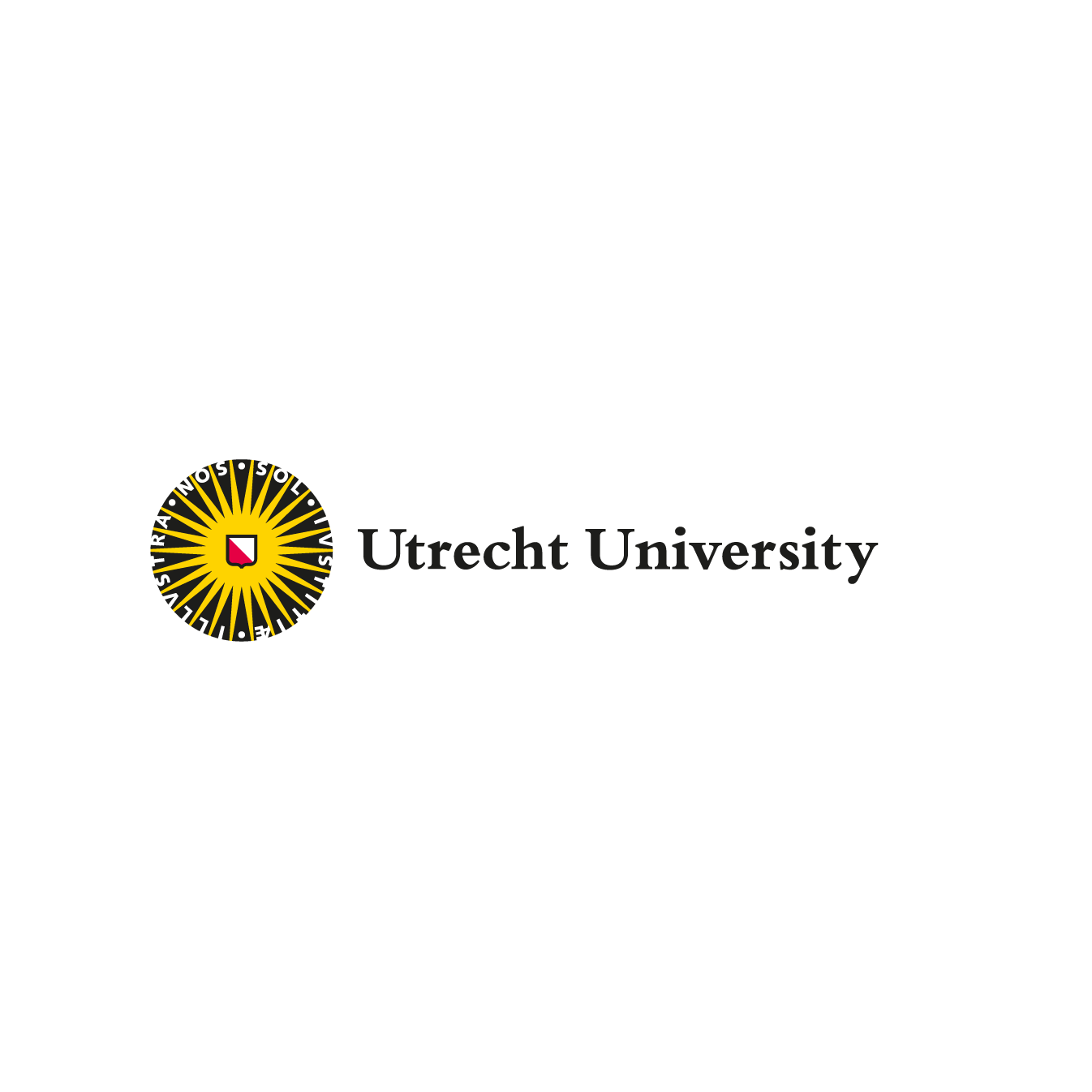The Dutch have been dealing with water for centuries. The perception on how to manage water changed over time, resulting in different water management strategies. We in 2100 know that we cannot defeat the waters as we once envisioned. This page takes you with us through different perceptions of water management in the past. Room for the River highlighted a fundamental change in the perception of the Dutch’ relation with water, and therefore is presented as an icon in this 2100 Canon.
The Dutch have been dealing with water for centuries. The perception on how to manage water changed over time, resulting in different water management strategies. We in 2100 know that we cannot defeat the waters as we once envisioned. This page takes you with us through different perceptions of water management in the past. Room for the River highlighted a fundamental change in the perception of the Dutch’ relation with water, and therefore is presented as an icon in this 2100 Canon.
The Dutch have been dealing with water for centuries. The perception on how to manage water changed over time, resulting in different water management strategies. We in 2100 know that we cannot defeat the waters as we once envisioned. This page takes you with us through different perceptions of water management in the past. Room for the River highlighted a fundamental change in the perception of the Dutch’ relation with water, and therefore is presented as an icon in this 2100 Canon.
The Source of Room for the River
The Room for River project was a response to the floods of 1993 and 1995 in Limburg and Gelderland. From these floods the Dutch learned that they needed an updated approach for dealing with water.
Until 1993, the Dutch mainly focused on keeping their feet dry from the sea by developing the Dutch Delta works. Through this project, the Dutch gained trust in engineering solutions and started feeling safe living in low-lying areas (Zeeland, n.d.). This behaviour of the former Dutch population made it evident that they were convinced they were able to keep the water in check. However, the floods of 1993 and 1995 in Limburg and Gelderland challenged this view of invincibility. In contrast to the last floods in 1953, this time, the threat was not caused by spring tides and coastal storms but rather by heavy rains and melting glaciers - the Netherlands was 'attacked' from the inland.
For years, inland protection had been sought in reinforcing and raising dikes, and the channelling of rivers, thereby restricting the river stream into a narrow path (Rijksdienst voor het Cultureel Erfgoed, n.d.; Rijkswaterstaat n.d.). Climate change, leading to more extreme rainfall and melting glaciers in upstream catchments made this approach no longer viable (Rijkswaterstaat, n.d.). A rethinking of the strategy to protect the country from flooding was necessary to not lose again from the water.
"Room for the River" became the new approach. It was fundamental as it highlighted a shift in the Dutch’ perspective and actions towards water. The basis was laid with the coming into force of a ‘PKB’, a Key Planning Decision in January 2007. Until 2019, the Dutch worked on 34 measures whereby they focussed on working with the water instead of working against it. The new approach provided the river with more space for water retention and discharge, alongside reinforcing and raising dykes. A total of nine measures were used in the "Room for the River" approach, including widening of the river stream. Room for the River required a change in the spatial planning of the river areas. Designated flooding areas were indicated, people relocated, and nature & recreational areas created

Rivier Jutters Gathering 2012
A changing attitude
Since the 90’s floods, the new approach gradually arose. Michel Klei, chairman of the royal Dutch society for natural history, criticized the previous conviction that the Dutch could keep on densifying in low-lying areas. He explained that it was time to provide the rivers some room:
“We must see water as a friend. It is now an enemy against which we want to arm ourselves. And we are losing it. Why have we forgotten that? (…) All I know from my youth is that the floodplains were flooded in winter and you had to bring in the cattle in mid-November. If you force the river into a straitjacket, you get problems (…). We have no outlet anymore. You can put even bigger pumps, but if it can't go away, it stops. And you get wet feet.” — Michel Klei, 1998
It appeared the Dutch had built up their land but forgot to provide flexibility and leave room for water. The Room for River project tapped into this problem and started to make way for the river.
Room for the River encompassed a collaboration with water and humans. The program director of RvR, Ingwer de Boer, saw it as a wonderful opportunity to include all people, as he puts it “We're going to make it a project for everyone, a project that has impact on civilization and creates a better quality of the area” (M. Gast, 2006). This became evident through the central priority given to the lived experiences of people directly or indirectly affected by the initiative; the Rivierjutters. This network of people can be seen as a step towards a more holistic planning, giving weight not only to the technical but also the human side of projects.
Giving Room to the River in Noordwaard and the Biesbosch
It took centuries for the Dutch to learn that it is necessary to let certain areas flood in order to keep others dry. Take the Noordwaard polder for instance, one of the 34 Room for River projects.
When wandering through Noordwaard in 2015, you would have found yourself in newly formed wetlands. What used to be a polder, a place that was stripped from its flowing waters, had been given back to the river. The fact that this former polder was now capable of flooding, made sure that the residents of the river area around Gorinchem kept their feet dry.
Ironically, this area already flooded once before, but not by any intention of the Dutch. In 1421, the Sint Elizabeth’s Flood inundated the landscape. Back in the days there was not much to be done due to limited technological capabilities. Hence, this area gradually turned into the beautiful Biesbosch landscape. The Dutch however did not learn from this past, they still believed that they could dominate the water. Finally, 600 years later the perception of water changed, according to the motto Room for the River, the water was let in again.
From fighting water to connecting (with) waters
The makeable mindset was still evident in the Room for the River projects. Yet, slowly, the Dutch changed their strategies from rigid protecting towards giving the river more dancing room. Looking back, this marked the first milestone towards a more collaborative approach with water.
So, can Room for the River be seen as a pioneering project? Yes, and no. Room for the River was a first important step towards communicating with nature, understanding its forces and hence being able to adapt to it. While the Dutch understood that they could not neglect that the rivers needed more room, they still determined the river's path. Through Room for the River, the Dutch were able to protect people from waters temporarily. From today’s perspective however, we know that it is not nature that has to adapt, but us humans. The forces of nature cannot be tamed by technological solutions, but they can inspire us to constantly question our relationship to nature and way of living.
Curatorial Team

Simon Medendorp

Clara Gulde

Jannah Sonnenschein

Michelle van Benschop
The Museum for the Future is a project created by the Urban Futures Studio
